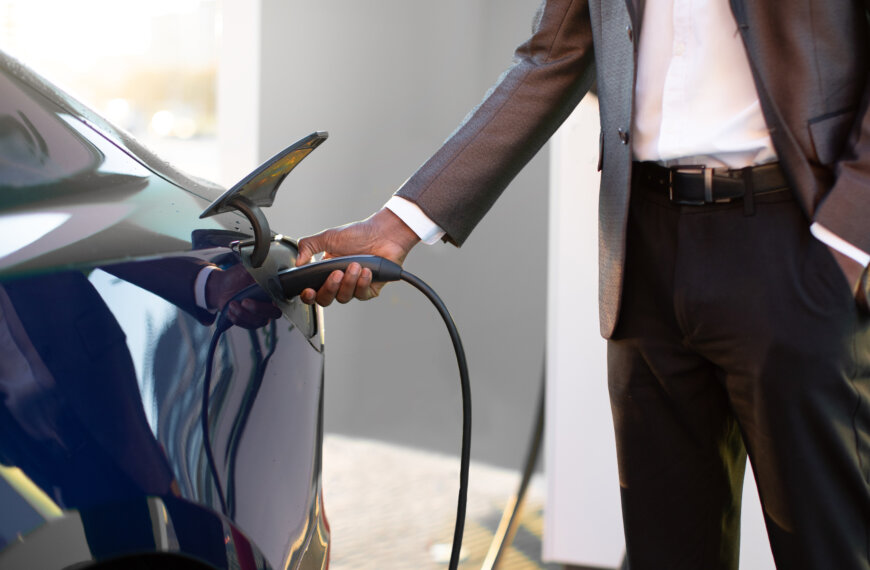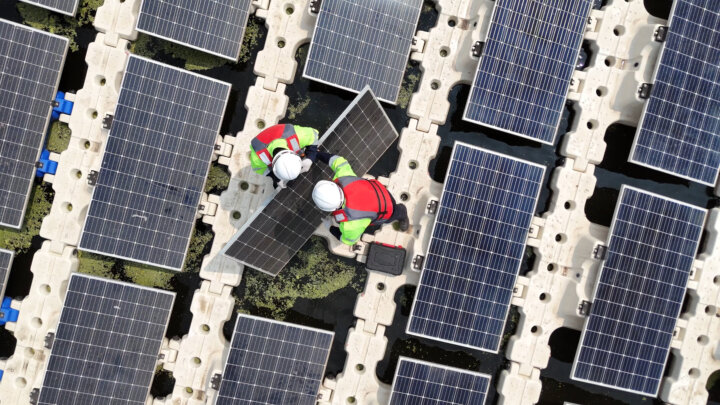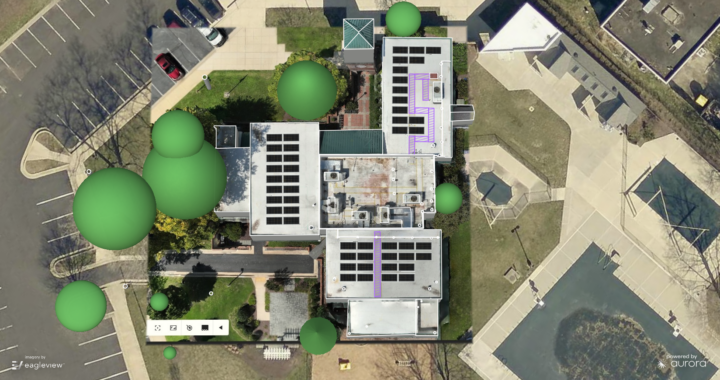As electric vehicle (EV) adoption surges, the reliability and efficiency of EV charging infrastructure become vital. A fundamental yet often overlooked aspect of this infrastructure is the strength and quality of the cellular network connection. This article delves into why measuring cellular network strength and quality is pivotal for EV charger infrastructure, and how innovative tools like the Graphyte Siretta Snyper LTE Device ensure optimal performance.
Understanding Cellular Signal Requirements
The cellular signal strength requirements for EV charger installations vary based on factors like charger model, location, and network provider. However, certain general guidelines must be considered:
- Reliability: A strong and reliable cellular signal is essential to ensure uninterrupted communication between the EV charger and the central management system. This typically requires a signal strength of at least three bars or a signal strength indicator of -90 dBm or better. For EV charger stations using LTE, it’s crucial to test each gateway’s location and ensure it meets a minimum RSRQ of -12.5 dB or better, with RSRP measured at -90 dBm or better.
- Coverage: Verify that the installation location has adequate cellular coverage from the network provider(s) being used. Conducting a site survey and measuring the cellular network strength and quality with tools like the Graphyte Siretta Snyper LTE Device helps ensure there is adequate coverage.
- Data Speed: While high-speed data isn’t always necessary for basic communication, faster data speeds, preferably 4G LTE or higher, enhance performance for tasks like remote monitoring and software updates.
- Signal Quality: Signal quality is vital for maintaining a stable connection. Factors like signal interference and network congestion can impact reliability.
- Backup Options: Implementing backup options such as dual-SIM functionality or redundant network connections can mitigate connectivity risks, ensuring continued operation even during network outages.
- Future Expansion: Selecting a scalable solution is essential to accommodate future growth and evolving connectivity needs as EV charging networks expand.
Graphyte Siretta Snyper LTE Device
The Graphyte Siretta Snyper LTE device is a specialized tool designed for measuring cellular signal strength and quality in EV charger installations. Here’s how it helps:
- Signal Strength Measurement: Equipped with advanced measurement capabilities, the device accurately gauges signal strength in real-time. This aids installers in identifying optimal charger placement and ensuring adequate coverage.
- Signal Quality Assessment: Besides measuring strength, the device evaluates signal quality metrics such as signal-to-noise ratio and stability. This provides insights into connection reliability and performance.
- Site Surveying: The device facilitates comprehensive site surveys, enabling installers to evaluate network coverage and performance across different areas. This helps proactively address signal deficiencies.
- Data Logging and Analysis: Capable of logging signal data over time, the device offers valuable historical insights for analysis and optimization. This allows installers to track trends and make informed decisions.
- Integration with Planning Tools: The device integrates seamlessly with network planning and optimization tools. This enables visualizations of signal data alongside relevant factors for more informed decision-making during installations.
Working with an EV charger installer who understands this crucial yet often overlooked requirement ensures that your EV chargers work properly and efficiently. By adhering to requirements and leveraging tools like the Graphyte Siretta Snyper LTE device, you can ensure reliable communication, enhance user experiences, and future-proof charging networks. This accelerates the transition to electric mobility.









